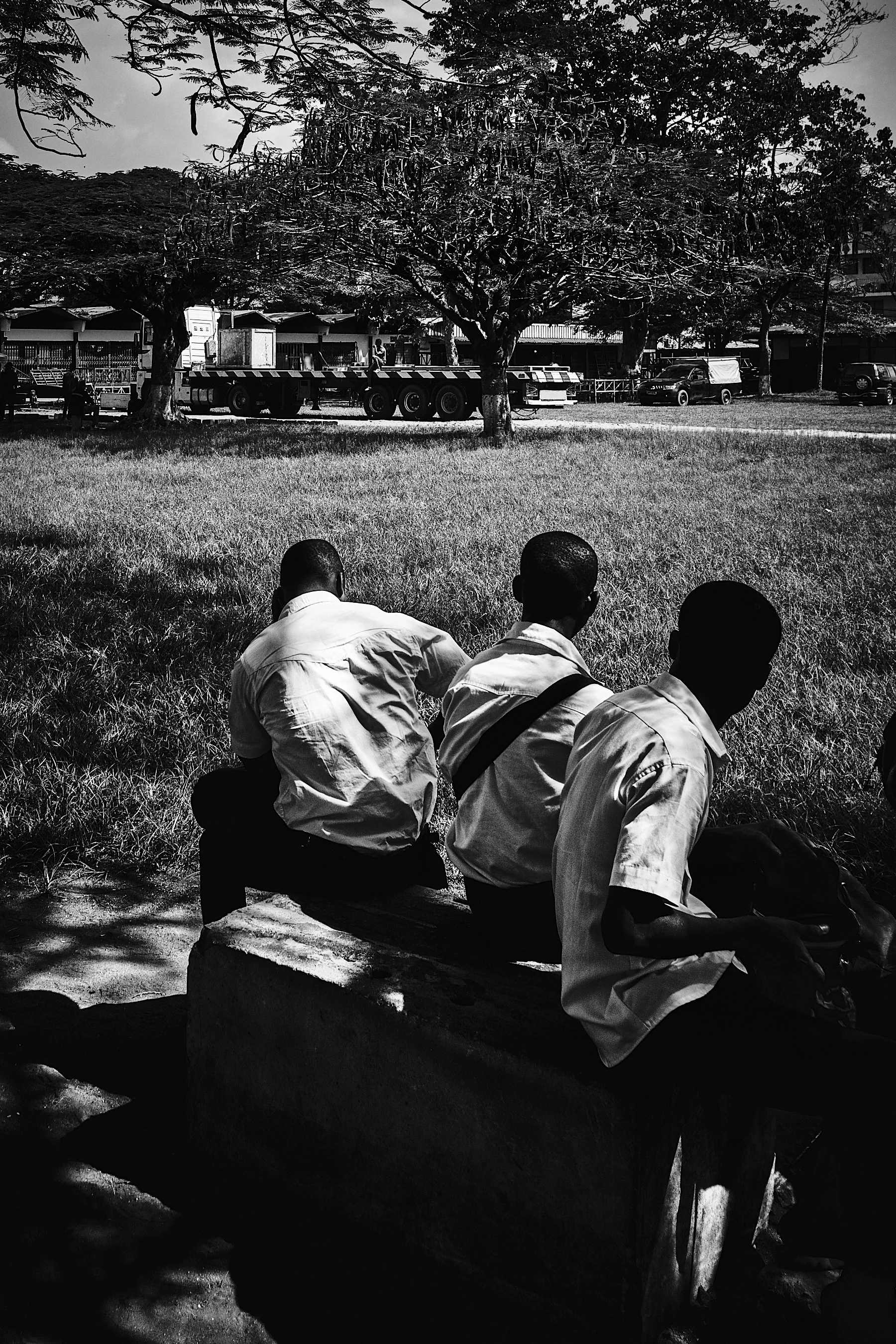Exploring Gender Debates in Aikido: Inequality Regimes
Let me start by stating the following: I strongly believe that the practice of aikido benefits each of us and the world around us. I also believe that the practice of aikido goes beyond the mat and extends into our daily lives and into how we organize ourselves into dojos and federations of dojos. The practice includes compassion, openness, and collaboration between practitioners to fuel growth, in all spheres of activity. In that spirit, we must strive towards removing the personal and structural barriers based on prejudice, stereotypes, ignorance, fear, and greed. In that spirit, we must receive what we consider aggression and blend with it, refusing it as such, connecting and moving in a way that dissipates tensions and bring shared understanding and direction.
The recognition of barriers hindering women’s progression in aikido is nothing new, but it has come to a head recently. This is a sign of maturity. Aikido organizations are reaching the point where fundamental questions are now asked. We must be happy and look forward to the next debates that will guide our constant improving.
In this piece, I wish to discuss how aikido organizations can act as inequality regimes and suggest some means to make explicit the results of systemic oppression. It should be noted that what follows applies as well to issues related to race and class, and these issues will certainly rise in the coming years. As well, not all aikido federations and aikido dojos are at the same stage of maturity with regards to gender equality. Pockets of equality poke this broader regime of inequality.
Inequality Regimes
For Joan Acker (1), “inequality regimes are the interlocked practices and processes that result in inequalities.“ These practices take many forms, obvious and not, and work together, build upon one another, and form a self-sustaining system. Improving the situation thus requires us to work on multiple aspects simultaneously.
The way by which some aikido organizations sustain gender inequalities is through existing inequalities, which serve as justifications for maintaining the status quo. Let me provide two examples of justifications.
There are no women with the required credentials, so our only candidates for promotions are men.
This one has an obvious answer. There are no women with high ranks exactly because there are no women with high ranks. You made it that way, whether consciously or not, and the rules that you have set in place need to be revised.
We need to select the best candidates. We are happy to give priority to women as long as they perform at the same level.
This issue stems from the belief that established performance standards are rational and objective. This is the myth of merit. Performance standards are, however, often arbitrary and historically defined by early practitioners. Thus, our subconscious view of what good aikido looks like is associated with the characteristics of those whom we saw perform. It is attached to what we have collectively seen as good aikido. Older videos, aikido’s past masters, books, but also who currently teaches, demonstrates, takes ukemi for demonstration, and who is invited to teach seminars all participate towards constructing our perception of aikido. When women are excluded, not being taken for demonstration, not being taught, and being resisted on the mat, it is in part because women and women’s expression of aikido have not been recognized, celebrated, and incompletely included in our construction of aikido performance.
More importantly, if inequality sustains inequality, it means that something has to give. Something needs to be done to reverse the situation. There has to be a period of adjustment, of corrective action, which will lead to a more equitable state that no longer perpetuates inequalities.
We’ve talked about rank, now let’s consider power. According to Acker, organizations may give similar ranks to men and women, while granting them different levels of power. By power, I mean the ability to shape an organization. An aikido organization may have the same number male and female shihans, but give women lower roles, responsibilities, status, visibility, or decisional-power.
Finally, I would like to say a few words on another important aspect of self-sustaining inequality regimes, which are aspirations. Steve Lukes (2) describes three forms of power. The first is the direct use of power to control behaviour and the second is the indirect use of power in preventing decisions to be made on potential issues. His third form of power is the more interesting one because it is so subtle and pervasive as it no longer requires action. It is the power to prevent a group from aspiring for more, to even envision a better reality. Individuals no longer see what the world should be like and take as normal and just their current states of oppression. Excluding, even partially, women from ranks, from learning opportunities, from being visible, from participating in decisions, serves to make women, and men, gradually forget what aikido organizations should be like and strive to change their organizations. Slowly, we all get convinced that things are as they should be. Thankfully, not all of us are convinced.
(1) Acker, J. (2006). Inequality regimes gender, class, and race in organizations. Gender & Society, 20(4), 441–464.
(2) Lukes, S. (2004). Power: A radical view (2nd ed.). New York, New York: Palgrave Macmillan.





